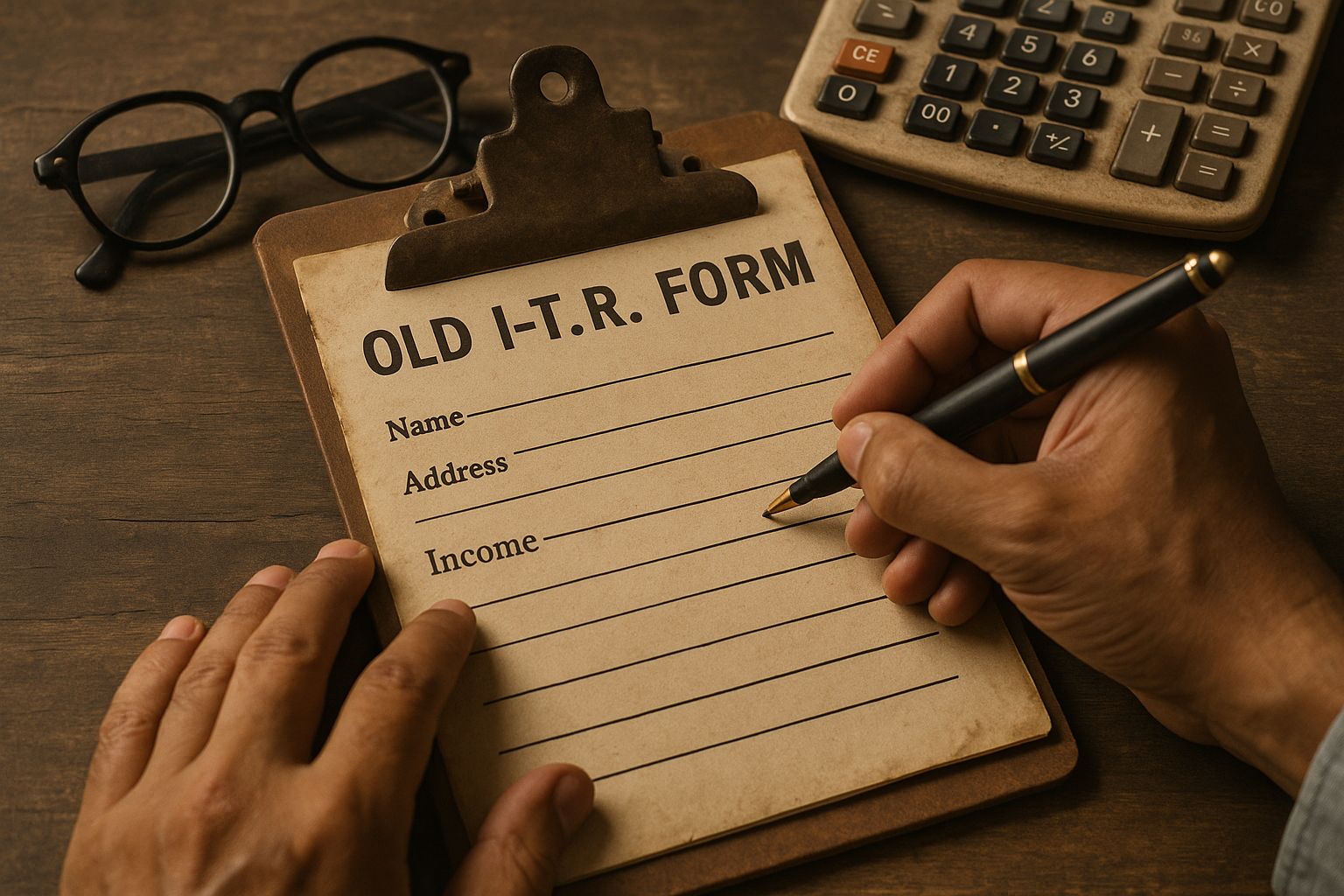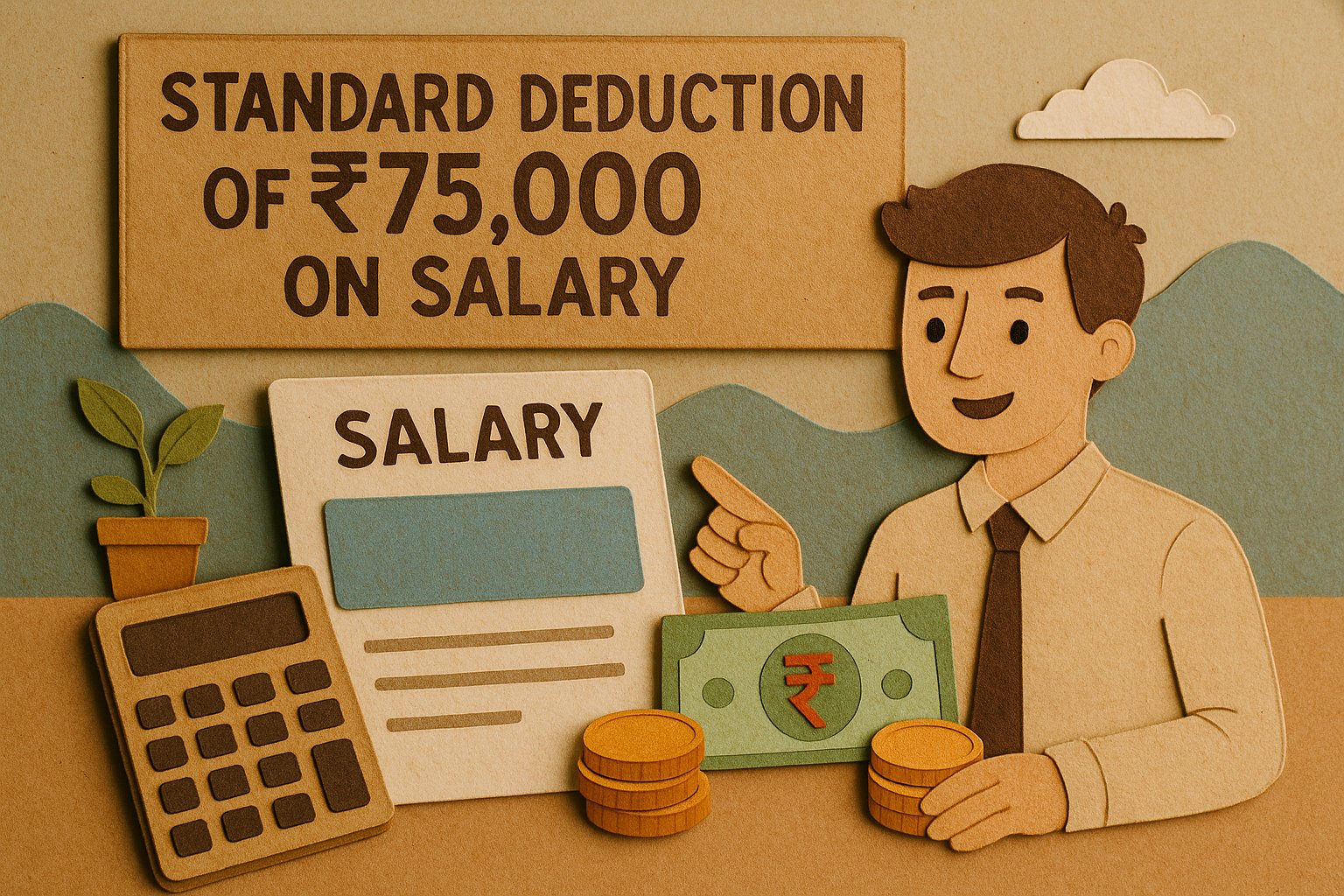As the financial year 2024-25 concludes, numerous taxpayers may be considering whether they can file their Income Tax Returns (ITR) independently, without seeking the help of Chartered Accountants (CAs).
The ITR is a declaration of one’s income to be used for showing the taxes tat have to be paid during a financial year. It is also used to claim tax refunds as well as for loan processing, visa applications, and so on.
How to file ITR?
To start off, you have to create an account on the Income Tax e-Filing portal using your valid Permanent Account Number (PAN).
Afterwards, you have to gather the essential documents such as PAN card, Aadhaar card, bank statements, Form 16 or salary slips, details of other incomes (if any), investments, and property details.
An important aspect of filing ITRs is to choose the appropriate forms. Examples are ITR-1 (Sahaj), ITR-2, ITR-3, ITR-4, ITR-5, ITR-6, and ITR-7.
Choose the applicable form and fill in the required information accurately with details about your income, deductions, and taxes paid.
Generating an XML file, a machine-readable format is then needed to be done before uploading and submitting it, which can be done by logging in to the e-Filing account, navigating to ‘e-File’ and selecting ‘Income Tax Return’.
After submitting it, verify your ITR using Aadhaar OTP, net banking, bank account, or by sending a physical copy to the CPC office.
What are the benefits of filing ITR on your own?
The benefits of independently filing ITRs are that it significantly saves on the costs of going to a CA, it ensures financial privacy, it can be done at your own time as per your schedule which can be a little hard when relying on a CA in busy tax sessions, and it can help increase one’s understanding of how taxes work and promote independent financial planning.
Visit www.cagurujiclasses.com for practical courses










Mam,
Pizza pr GST rate Kya hai?
Pls answer